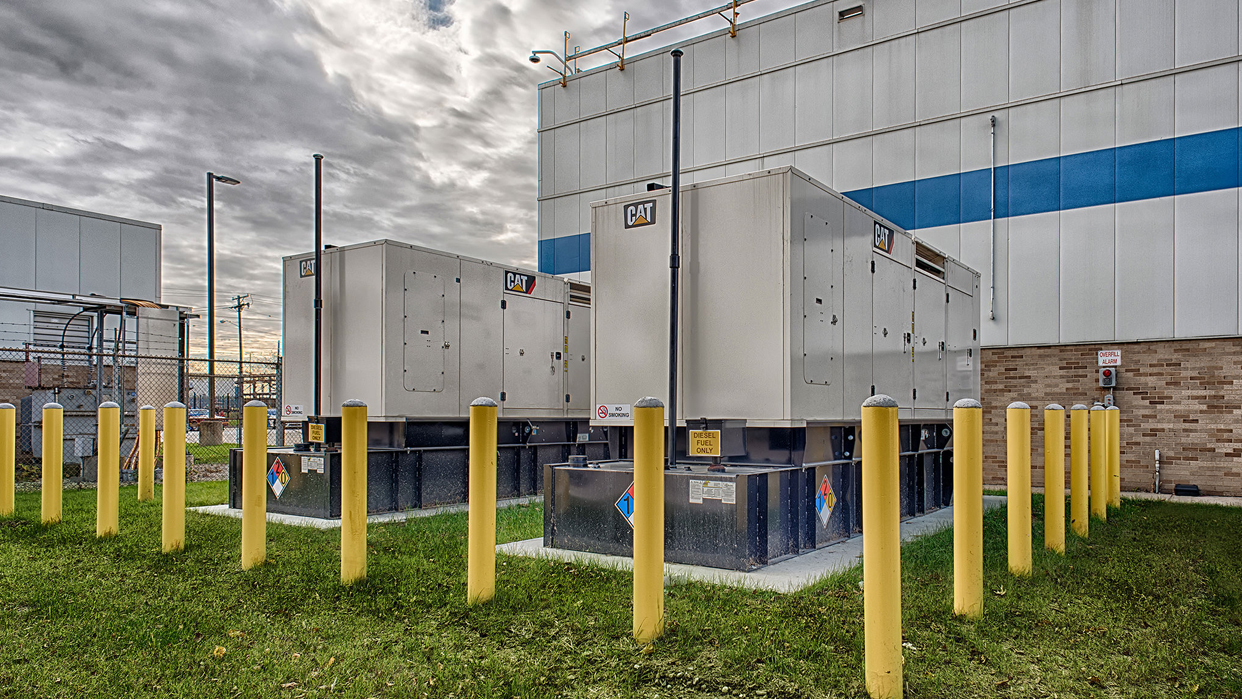
Earn AIA CEUs
Want to learn new skills and master sustainable design principles to create healthier, more resilient spaces? Karpinski Engineering is a certified AIA Continuing Education Provider, offering AIA members courses to earn CEU credits. Learn about sustainable concepts and how to apply these concepts to your architectural designs from our expert engineers.
2024 Ohio Building Code Updates
1 LU|HSW | Program Level: Introductory
The 2024 Ohio Building Code went into effect on March 1, 2024. Projects submitted after that time are subject to the revised building codes. This presentation compares the 2017 building codes to the new OBC. Gain a greater understanding of changes to the mechanical, plumbing, and electrical codes and how to access the information.

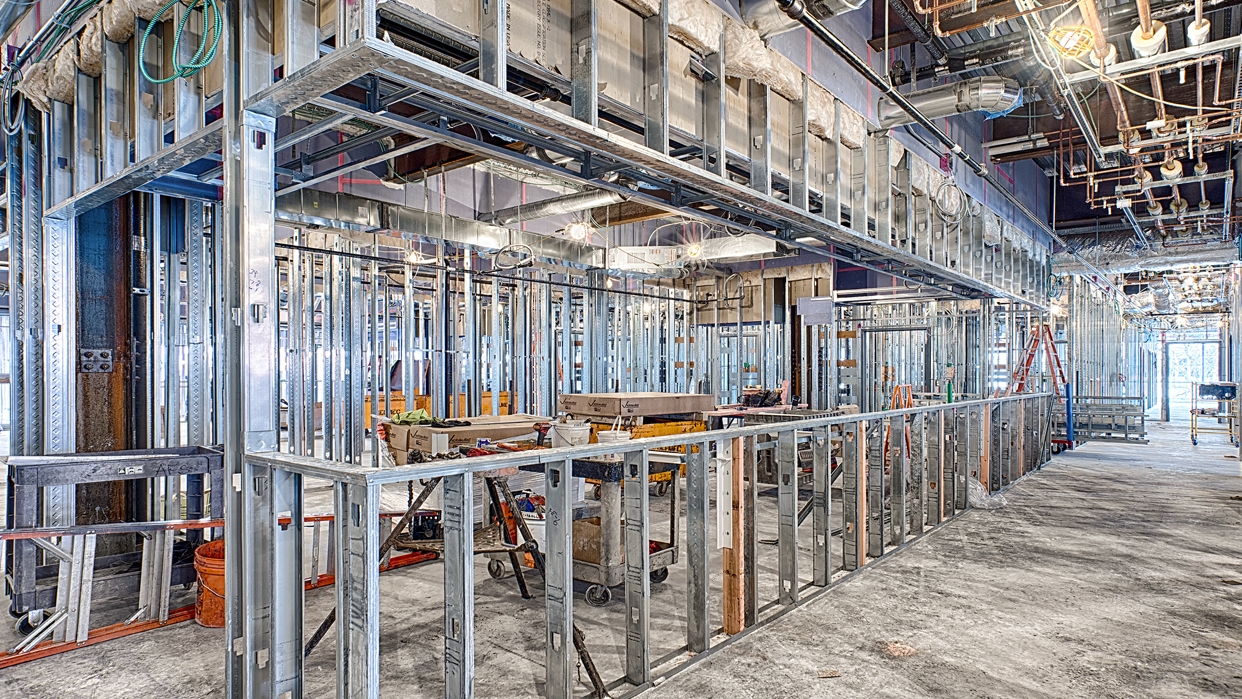
Ohio Building Energy Code – What You Need to Know About Total Building Energy Performance and Code Compliance in 2024
1 LU|HSW | Program Level: Introductory
In this presentation, we will cover the Ohio Building Code update of 2024. The ASHRAE 90.1-2019 or IECC – 21 update is a three version “jump” from Ohio’s previous requirements. This version is triggering a significant change in how a commercial building is designed to meet building performance standards, and the activities that take place during the design and construction phase of a project.
How to Make the Most of Energy Modeling from SD Through Post-Occupancy
1 LU | HSW | Program Level: Intermediate
In this course, we’ll explore how design teams can use energy modeling to its greatest potential, maximizing its impact for the project and owner. We’ll discuss how energy modeling helps teams achieve key project outcomes, look at the questions that energy modeling helps teams answer at every stage of a project, and discuss specific goals, variables, and key performance indicators.
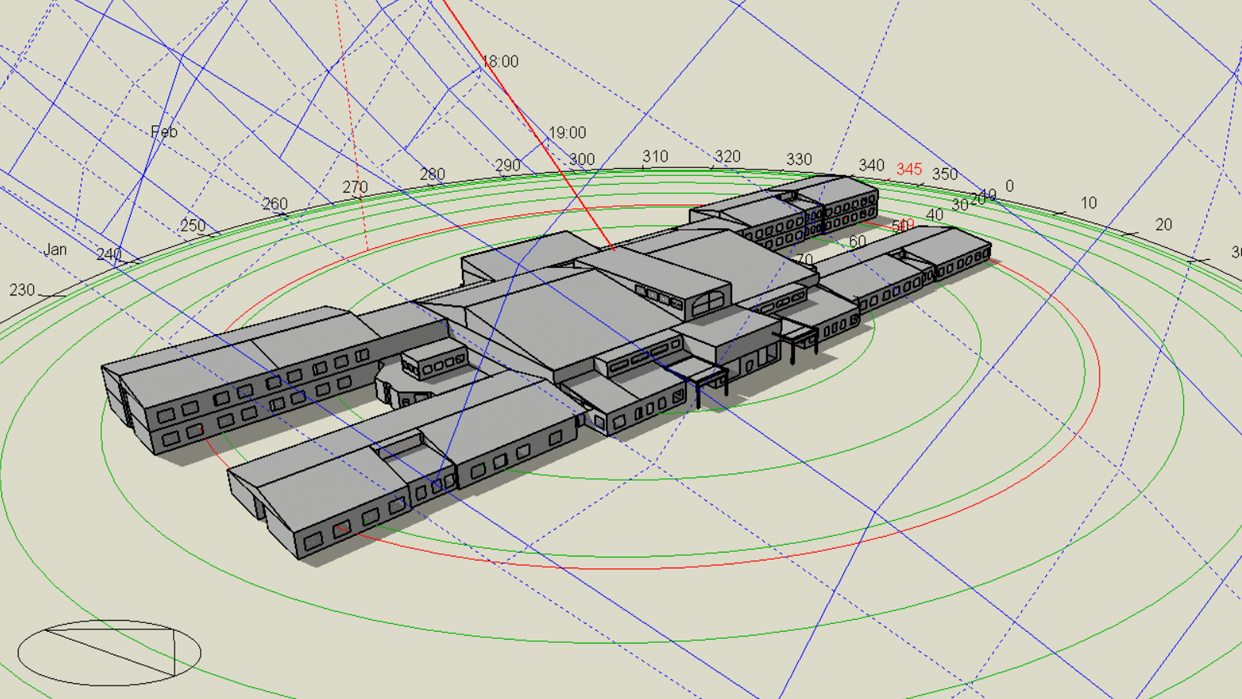
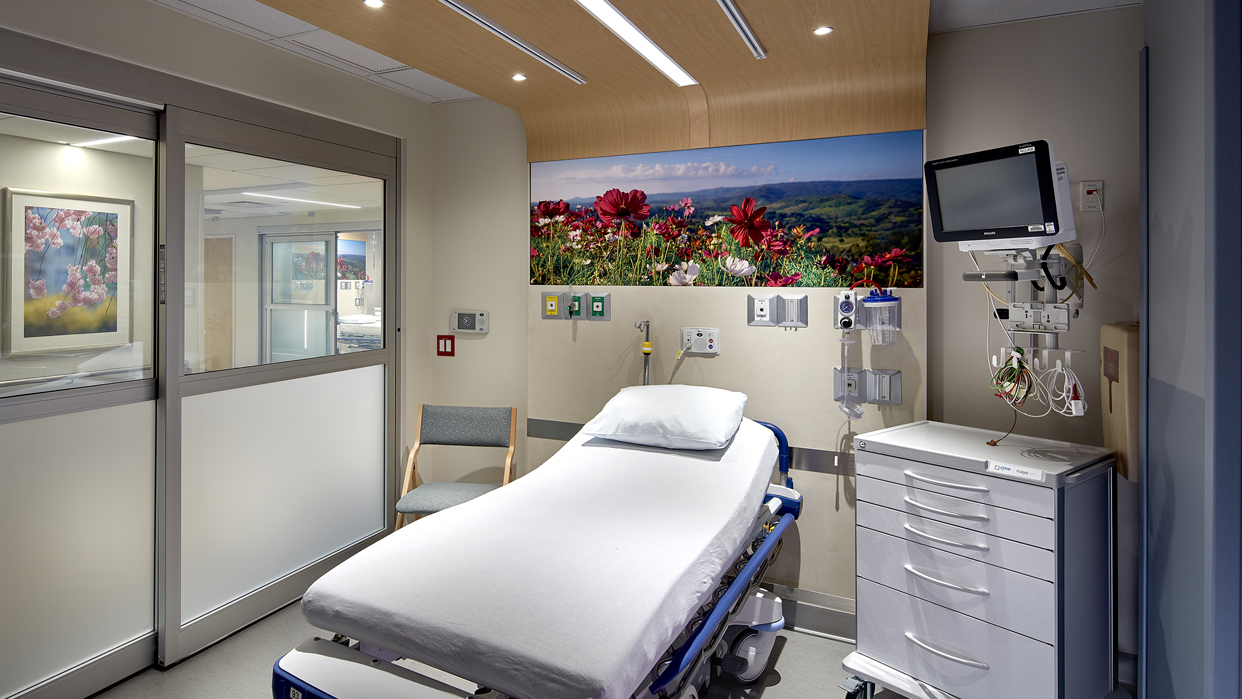
An Architect’s Guide to ASHRAE 170: Key Points and Recent Updates
1 LU |Elective | Program Level: Intermediate
This presentation will give participants a practical understanding of how ASHRAE Standard 170, the Standard for Ventilation of Health Care Facilities, applies to healthcare facility design. Participants will gain an overview of key ASHRAE 170 requirements that impact architectural design, project planning, and budget. They will review recent updates to ASHRAE 170, and they will consider how the updates affect both project design and budget.
Delivering Compliant MOBs for Today’s Healthcare Environment
1 LU | HSW | Program Level: Intermediate
This presentation will help design teams distinguish between two types of MOBs: outpatient clinics and ambulatory care facilities. It will identify code requirements that come into play depending on the facility type and show the decision path teams need to follow for compliance. It will identify questions healthcare staff and designers need to ask – and answer – during planning and design.
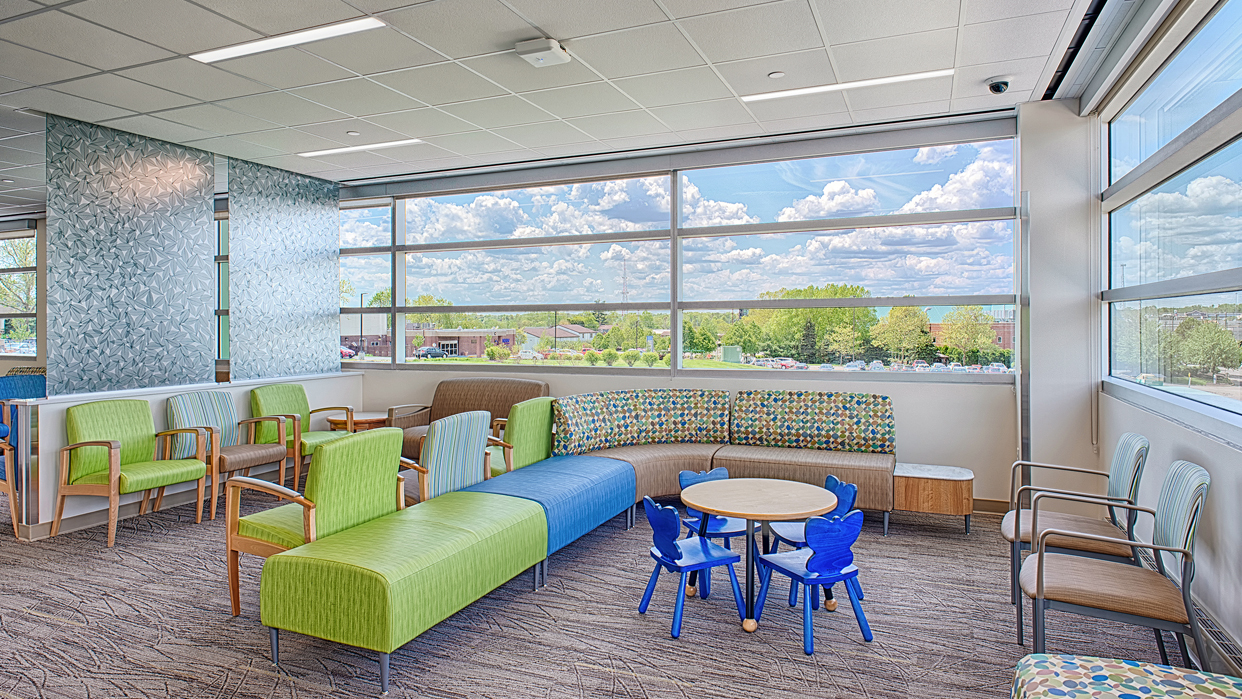
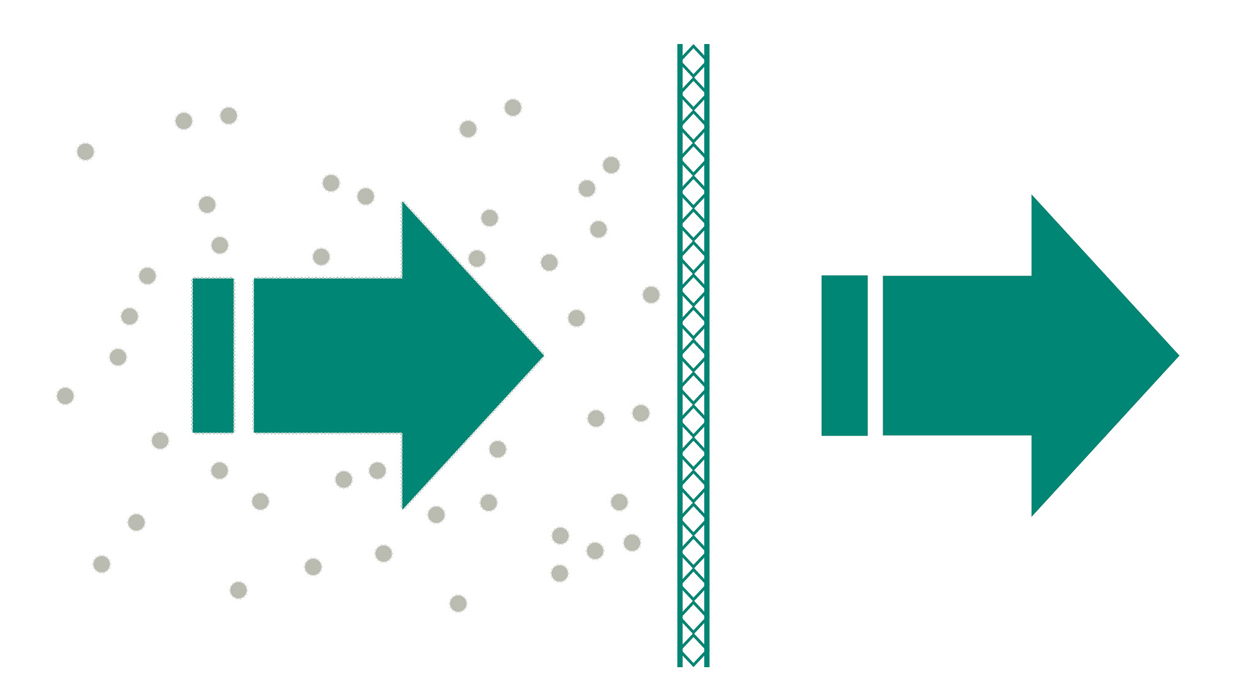
Boosting Indoor Air Quality: Smart Solutions for Healthier Indoor Environments
1 LU | HSW | Program Level: Intermediate
Great indoor air quality (IAQ) is one part of a healthy building environment that supports occupant comfort and well-being. This course will look at six methods of improving IAQ. We’ll describe each option, its potential impact on IAQ, and the type of project that it’s more suited to. We’ll also identify the IAQ-related credits for each LEED and WELL Building certification programs.
Electrification: Its Carbon Mitigation Impact and Effective Implementation Strategies
1 LU | HSW | Program Level: Introductory
This course is focused on the topic of electrification, which directly impacts people’s health, safety, and welfare in the built environment. The goal is to introduce design professionals to the subject so they have a working knowledge of electrification that can be applied to projects in a meaningful way.

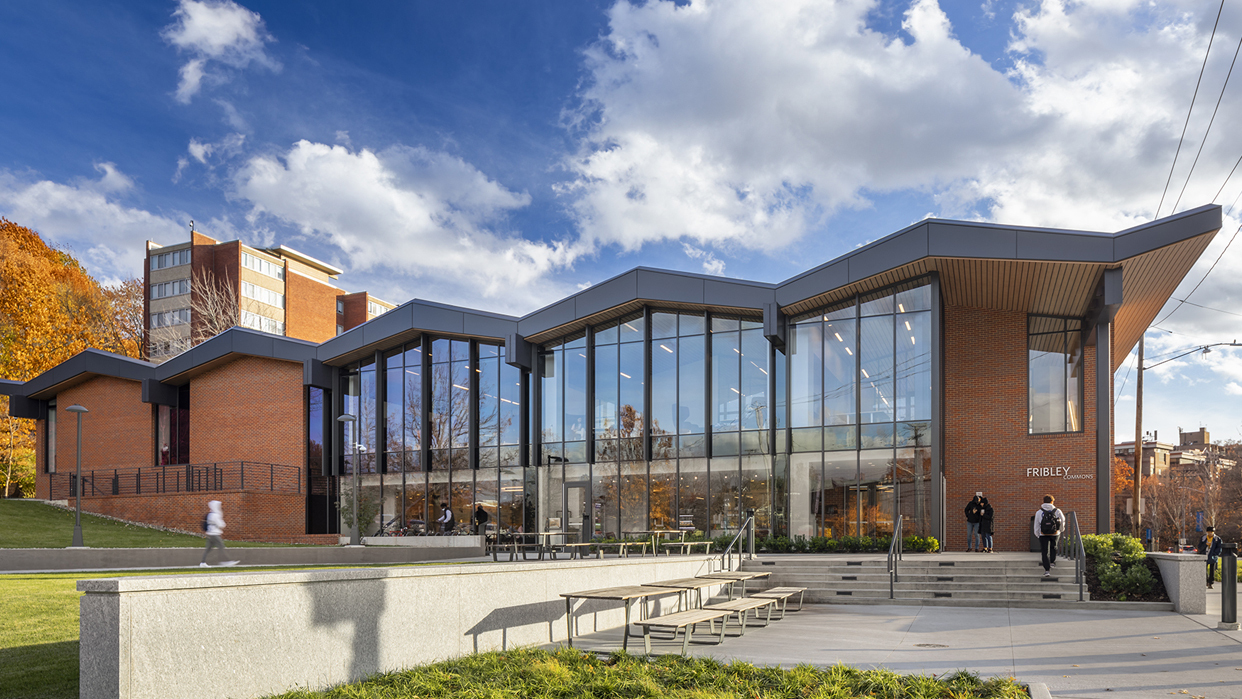
LEED v4 & Commissioning: Selecting the Right Option for Your Project
1 LU | Elective | Program Level: Intermediate or Update
This presentation will help design professionals ask the right questions to understand the owner’s desired outcomes and incorporate them into the design. It will also help owners evaluate and select the commissioning options that work best for their project. Topics to be covered include:
- Options the USGBC offers for commissioning
- Requirements for LEED Cx, both in terms of owner commitment and project team responsibilities
- Examples of LEED credits impacted by Cx
- Pitfalls if the design team misses components that the CxA needs to earn Cx LEED credits
- The value of Cx, which can vary depending on the project, and how it’s put in place
Implementing Resilience in the Built Environment: Theory and Applications
1 LU | HSW | Program Level: Introductory
“Resilience” is one of the latest buzzwords in the AEC industry. It’s a wide-ranging topic that can mean different things to different people. This presentation will explore core components of resilience, giving AEC professionals working knowledge that can be applied to projects in a meaningful way. Drawing on existing research, reports, and standards, we’ll begin by defining both community and building resilience. We will explore how resilience applies specifically to the built environment and review specific risks that resilience strategies seek to mitigate. Finally, we’ll identify ways that owners and design teams can begin addressing resilience in their projects, providing examples of MEPT and civil engineering applications and suggestions for how architects and engineers can collaborate.
